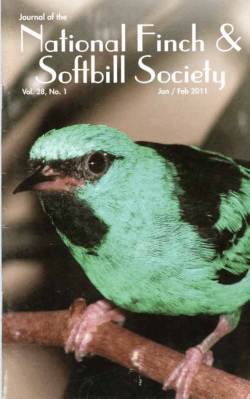
The biosphere Ecosystems Tissues Organs and organ systems
Order Response to the environment Evolutionary adaptation Reproduction Regulation Energy processing Growth and development 1 The biosphere Tissues Ecosystems Organs and organ systems Communities Organelles Organisms Populations Cells Atoms Molecules 2 Sunlight Leaves absorb light energy from the sun. CO2 Leaves take in carbon dioxide from the air and release oxygen. O2 Cycling of chemical nutrients Leaves fall to the ground and are decomposed by organisms that return minerals to the soil. Animals eat leaves and fruit from the tree. Water and minerals in the soil are taken up by the tree through its roots. 3 Sunlight Heat When energy is used to do work, some energy is converted to thermal energy, which is lost as heat. Producers absorb light energy and transform it into chemical energy. An animal’s muscle cells convert chemical energy from food to kinetic energy, the energy of motion. Chemical energy Chemical energy in food is transferred from plants to consumers. (a) Energy flow from sunlight to producers to consumers A plant’s cells use chemical energy to do work such as growing new leaves. (b) Using energy to do work 4 (a) Wings (b) Wing bones 5 Prokaryotic cell Eukaryotic cell Membrane DNA (no nucleus) Membrane Cytoplasm Nucleus (membraneenclosed) Membraneenclosed organelles DNA (throughout 1 µm nucleus) 6 Sperm cell Nuclei containing DNA Egg cell Fertilized egg with DNA from both parents Embryo’s cells with copies of inherited DNA Offspring with traits inherited from both parents 7 Nucleus A C DNA Nucleotide T A T Cell A C C G T A G T A (a) DNA double helix (b) Single strand of DNA 8 A Negative feedback Enzyme 1 B Excess D blocks a step. D D Enzyme 2 D C Enzyme 3 D (a) Negative feedback W Enzyme 4 Positive feedback + Excess Z stimulates a step. Z X Enzyme 5 Y Z Z Enzyme 6 Z (b) Positive feedback 9 Species Genus Family Order Class Phylum Kingdom Domain Ursus americanus (American black bear) Ursus Ursidae Carnivora Mammalia Chordata Animalia Eukarya 10 2 µm (b) Domain Archaea 2 µm (a) Domain Bacteria (c) Domain Eukarya Kingdom Animalia 100 µm Kingdom Plantae Protists Kingdom Fungi 11 15 µm 5 µm Cilia of Paramecium Cilia of windpipe cells 0.1 µm Cross section of a cilium, as viewed with an electron microscope 12 1 Population with varied inherited traits 2 Elimination of individuals with certain traits 3 Reproduction of survivors 4 Increasing frequency of traits that enhance survival and reproductive success 13 Insect-eaters Gray warbler finch Certhidea fusca Bud-eater Seed-eater Warbler finches COMMON ANCESTOR Green warbler finch Certhidea olivacea Sharp-beaked ground finch Geospiza difficilis Vegetarian finch Platyspiza crassirostris Mangrove finch Cactospiza heliobates Insect-eaters Tree finches Woodpecker finch Cactospiza pallida Medium tree finch Camarhynchus pauper Large tree finch Camarhynchus psittacula Small tree finch Camarhynchus parvulus Cactus-flowereaters Seed-eaters Ground finches Large cactus ground finch Geospiza conirostris Cactus ground finch Geospiza scandens Small ground finch Geospiza fuliginosa Medium ground finch Geospiza fortis Large ground finch Geospiza magnirostris 14 Observations Question Hypothesis #1: Dead batteries Hypothesis #2: Burnt-out bulb Prediction: Replacing batteries will fix problem Prediction: Replacing bulb will fix problem Test of prediction Test of prediction Test falsifies hypothesis Test does not falsify hypothesis 15
© Copyright 2025















